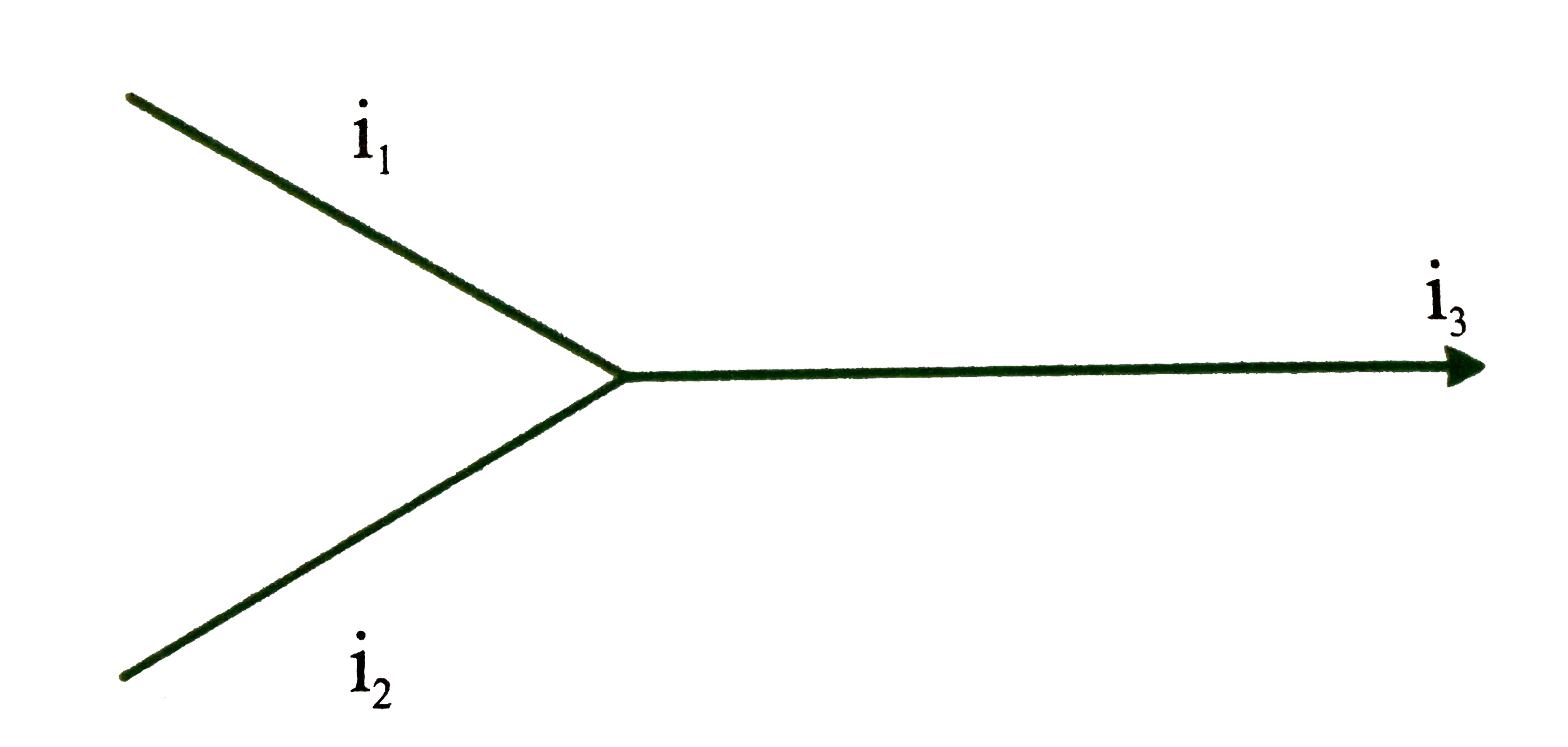Find the amplitude of the harmonic motion obtained by combining the motions
x1=(2.0cm)sinωt
and x2=(2.0cm)sin(ωt+π/3).
To find the amplitude of the harmonic motion obtained by combining the motions x1=(2.0cm)sin(ωt) and x2=(2.0cm)sin(ωt+π3), we can follow these steps:
Step 1: Identify the amplitudes and phase difference
The amplitudes of both motions are given as:
- A1=2.0cm for x1
- A2=2.0cm for x2
The phase difference ϕ between the two motions is π3.
Step 2: Use the formula for resultant amplitude
The resultant amplitude A when two simple harmonic motions are combined can be calculated using the formula:
A=√A21+A22+2A1A2cos(ϕ)
Substituting the values we have:
- A1=2.0cm
- A2=2.0cm
- ϕ=π3
Step 3: Calculate cos(ϕ)
First, calculate cos(π3):
cos(π3)=12
Step 4: Substitute values into the formula
Now substitute these values into the resultant amplitude formula:
A=√(2.0)2+(2.0)2+2⋅(2.0)⋅(2.0)⋅12
A=√4+4+4=√12
Step 5: Simplify the result
Now, simplify √12:
A=√12=2√3≈3.464cm
Final Answer
The amplitude of the resultant harmonic motion is approximately 3.5cm.
The amplitudes of both motions are given as:
- A1=2.0cm for x1
- A2=2.0cm for x2
The resultant amplitude A when two simple harmonic motions are combined can be calculated using the formula:
A=√A21+A22+2A1A2cos(ϕ)
Substituting the values we have:
- A1=2.0cm
- A2=2.0cm
- ϕ=π3
First, calculate cos(π3):
cos(π3)=12
Now substitute these values into the resultant amplitude formula:
A=√(2.0)2+(2.0)2+2⋅(2.0)⋅(2.0)⋅12
A=√4+4+4=√12
Now, simplify √12:
A=√12=2√3≈3.464cm
The amplitude of the resultant harmonic motion is approximately 3.5cm.
Topper's Solved these Questions
- BOOK - CENGAGE PHYSICSCHAPTER - LINEAR AND ANGULAR SIMPLE HARMONIC MOTIONEXERCISE - Subjective21videos
LINEAR AND ANGULAR SIMPLE HARMONIC MOTION
- BOOK - CENGAGE PHYSICSCHAPTER - LINEAR AND ANGULAR SIMPLE HARMONIC MOTIONEXERCISE - Single Correct107videos
LINEAR AND ANGULAR SIMPLE HARMONIC MOTION
- BOOK - CENGAGE PHYSICSCHAPTER - LINEAR AND ANGULAR SIMPLE HARMONIC MOTIONEXERCISE - Exercise 4.123videos
LINEAR AND ANGULAR SIMPLE HARMONIC MOTION
- BOOK - CENGAGE PHYSICSCHAPTER - KINETIC THEORY OF GASES AND FIRST LAW OF THERMODYNAMICSEXERCISE - Interger11videos
KINETIC THEORY OF GASES AND FIRST LAW OF THERMODYNAMICS
- BOOK - CENGAGE PHYSICSCHAPTER - MISCELLANEOUS KINEMATICSEXERCISE - Interger type3videos
MISCELLANEOUS KINEMATICS
Similar Questions
Knowledge Check
- Question 1 - Select One
Choose the most appropriate option.
What will be the displacement equation, of the simple harmonic motion obtained by combining the motions?
x1=2sinωt,x2=4sin(ωt+π6)
x3=6sin(ωt+π3)Ax=10.25sin(ωt+ϕ)Bx=10.25sin(ωt−ϕ)Cx=11.25sin(ωt+ϕ)Dx=11.25sin(ωt−ϕ) - Question 2 - Select One
What is the amplitude of the S.H.M. obtained by combining the motions.
x1=4sinωtcm, x2=4sin(ωt+π3)cmA8 cmB4√3cmC6 cmD2√3cm - Question 3 - Select One
If i1=i0sin(ωt),i2=i02sin(ωt+ϕ), then i3=
 A√i201+i202sin{ϕ+ωt}B(i01+i02)sin(ϕ2+ωt)C(√i201+i202+2i01i02cosϕ)sin[ϕ+ωt]D(√i201+i202+2i01i02cosϕ)sin[α+ωt] where α=Tan−1[i02sinϕi01+i02cosϕ]
A√i201+i202sin{ϕ+ωt}B(i01+i02)sin(ϕ2+ωt)C(√i201+i202+2i01i02cosϕ)sin[ϕ+ωt]D(√i201+i202+2i01i02cosϕ)sin[α+ωt] where α=Tan−1[i02sinϕi01+i02cosϕ]
Find the displacement equation of the simple harmonic motion obtained by combining the motions.
x1=2sinωt,x2=4sin (ωt+π6)
and x3=6sin(ωt+π3)View SolutionTwo partical AandB execute simple harmonic motion according to the equation y1=3sinωt and y2=4sin[ωt+(π/2)]+3sinωt. Find the phase difference between them.
View SolutionFind the resultant amplitude and the phase difference between the resultant wave and the first wave , in the event the following waves interfere at a point , y1=(3cm)sinωt,
y2=(4cm)sin(ωt+π2),y3=(5cm)sin(ωt+π)View SolutionFind the resultant amplitude of the following simple harmonic equations :
x1=5sinωt
x2=5sin(ωt+53∘)
x3=−10cosωtView SolutionThe equations of two SH M's are
X1=4sin(ωt+π/2).X2=3sin(ωt+π)View Solution

